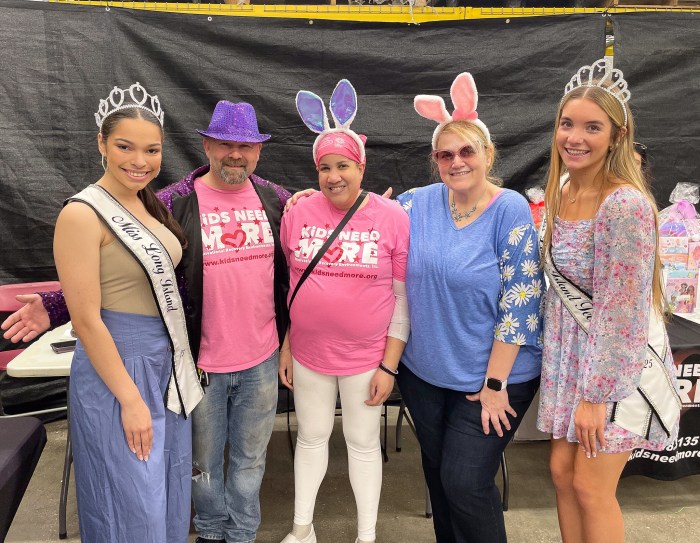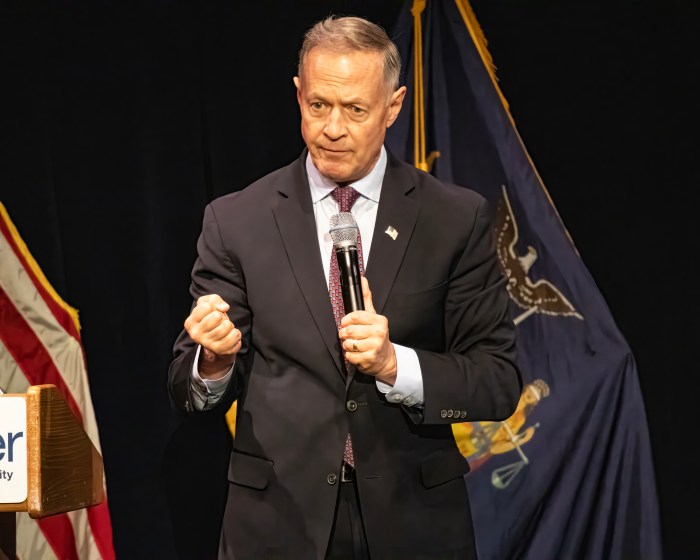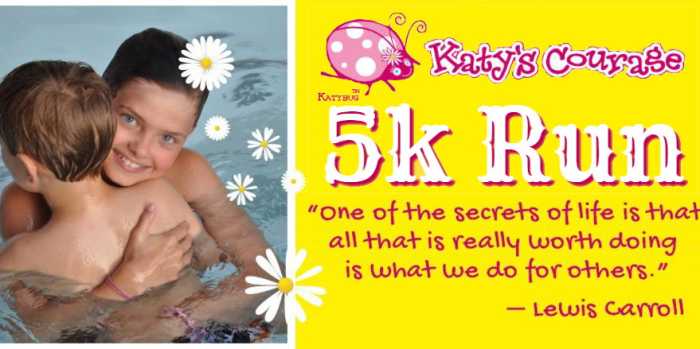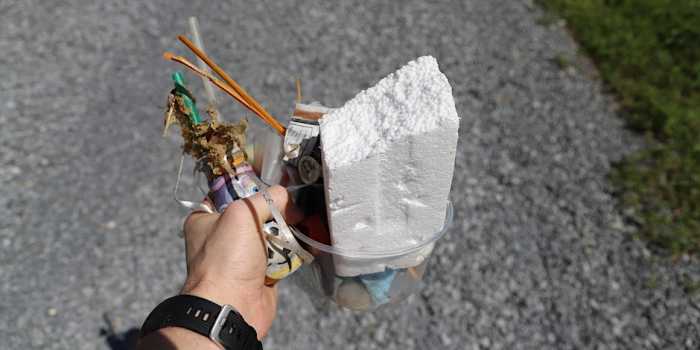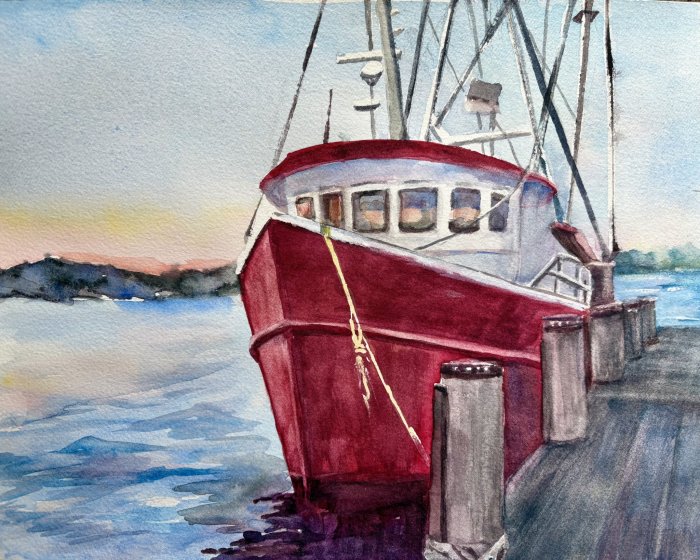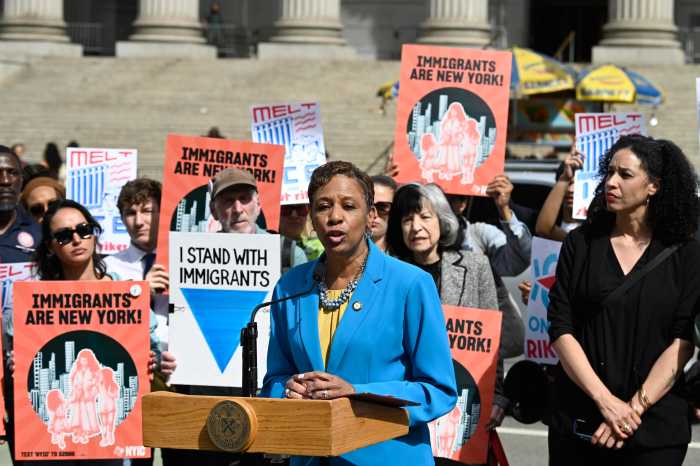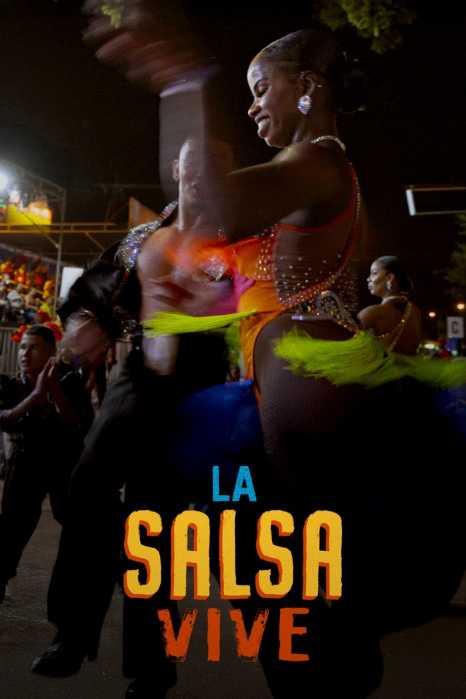Soledad O’Brien has always been curious and adventurous, whether exploring the woods in Long Island where she grew up in St. James, horseback riding, serving as a lifeguard, or doing scientific research on local marshes. That spirit still defines her today.
Currently she is CEO of Starfish Media Group, a multiplatform media production company that was founded to tell empowering and authentic stories on a variety of social issues. She anchors and produces the Hearst Television political magazine program Matter of Fact with Soledad O’Brien. She also reports regularly for HBO’s Real Sports with Bryant Gumbel and PBS NewsHour.
Earlier in her career, O’Brien co-anchored on Weekend Today, and contributed segments to the Today show and NBC Nightly News. It was in 2003 that she joined CNN and became one of America’s favorite journalists, beloved for her straight shooting and warm, folksy style. O’Brien anchored two CNN morning news programs and their documentary unit, and created the In America documentary series, Black in America and Latino in America.
She is a three-time Emmy award winner. Her coverage of Hurricane Katrina for CNN earned her and the network a George Foster Peabody Award. She also won the Peabody for her coverage of the BP Gulf Coast Oil Spill, and her reporting on the Southeast Asia tsunami garnered CNN an Alfred I. DuPont Award. O’Brien authored two books, her critically acclaimed memoir The Next Big Story and Latino in America.
Nearly a decade ago, O’Brien and her husband Brad Raymond created the PowHERful Foundation, which helps young women get in and through college. No doubt she is a role model for women and particularly minority women who aspire to a career in broadcast journalism. Not only is she good at what she does, she is compassionate, smart, and real. Her million-dollar smile makes anyone’s day.
O’Brien chatted with the Long Island Press about her career, her family, thoughts on the state of media today and more.
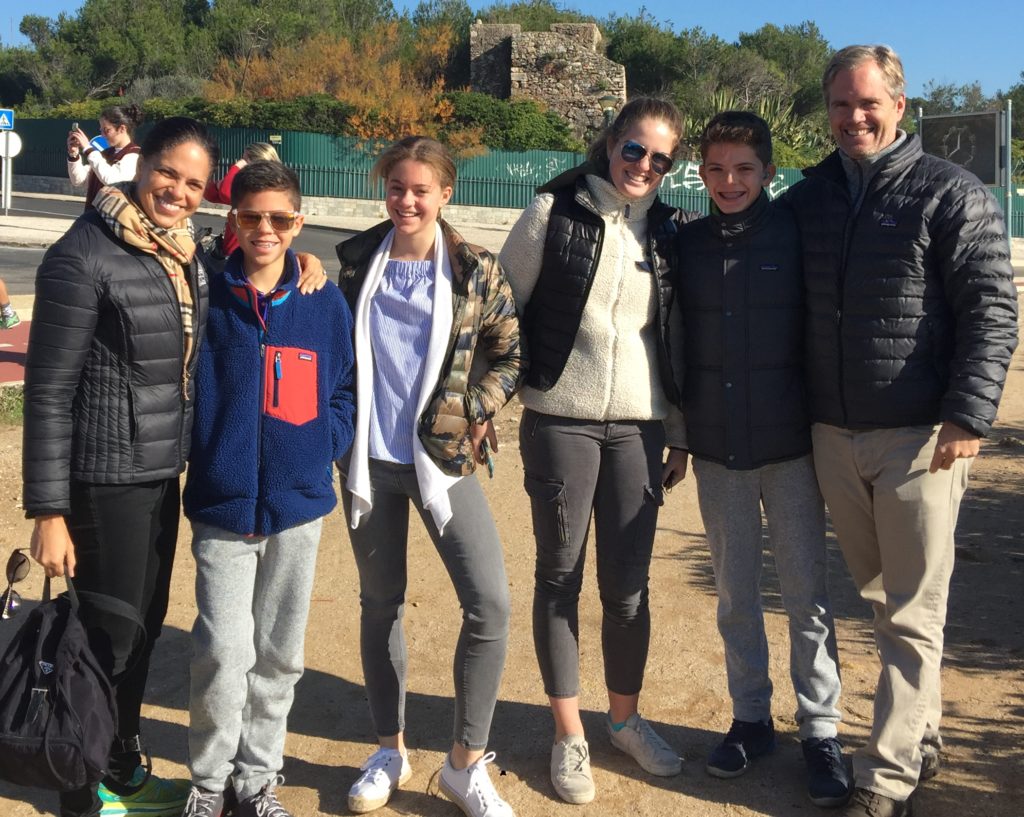
How did growing up on Long Island impact you? I learned to be self-sufficient. I swam at the beach. I liked horseback riding, so I babysat to help pay for riding lessons. Some of the people I babysat for were prominent members of the community; they had incredible history. Living on Long Island, I had the opportunity to meet amazing people who were well traveled. I learned from them. I have fond memories of swimming in Long Beach. We spent time playing in the woods on our own. There was no need to worry about us. It was a different time.
You haven’t forgotten your Long Island roots. What inspired you to donate to Stony Brook University’s School of Journalism? My dad was one of the founding professors of Stony Brook. I grew up on campus. Our family went to church at St. Phillips in St. James, but we also went to church on campus.
When did you know you wanted to pursue journalism? I was a premed student studying chemistry along with my sister. She told me that just memorizing information wasn’t meaningful. She told me to go with my passion. I didn’t love what I was doing. So I pursued journalism. I fetched coffee and mail at a television station. I was 20 years old. I knew I could get good at it.
What was it like in the beginning in such a competitive field? I didn’t think of it as being competitive. I focused on getting my foot in the door at a television station in Boston. It was fun and exciting. I ran around all day. I believed if you worked hard you could do well. I liked being an apprentice. I was able to figure it out. I asked questions. I knew I was learnable. I was fortunate to work around smart people. I learned from them. I watched them, I read their scripts. And when I realized things were competitive, my strategy was to work smarter. I always asked myself, how do I think about telling a story? Why should someone hire me? It’s not always about the fact that you went to Harvard, but that you have something thoughtful to say.
What were some of your strategies for succeeding in this business? I try to say “yes” to every opportunity. I try to get more experience. I jumped on opportunities to cover Haiti, the tsunami in Japan, to do docuseries. I always asked myself: “Is it an interesting story? What’s my point of view?” I don’t back away from a challenge. I did a story on ice fishing. My husband reminded me that I hate to be cold, but it was amazing, interesting. I grew up in the burbs, in a rural area, I played in the woods with my friends.
You’ve had an amazing career. What are some highlights? Covering disasters, national news. I thought the most compelling stories were about regular people who had great stories. I want to elevate people dealing with real issues, like the people who experienced Hurricane Katrina, or documentaries on veterans, and their thoughts on suicide. A lot of reporters think the highlights on their resume are the famous people they interviewed; not me.
What are your thoughts on the status of the media today, especially the whole “fake news” furor? I don’t like the term “fake news.” I am frequently disappointed in journalists, and how they cover politics. Many could do a better job. Journalists have to stop being surprised. I am disappointed how politics are being covered like a horse race without context. On the political show that we do, we put people and politics in context. For example, on the border issue, we want to hear what people there say. We don’t just want talking heads shouting at each other.
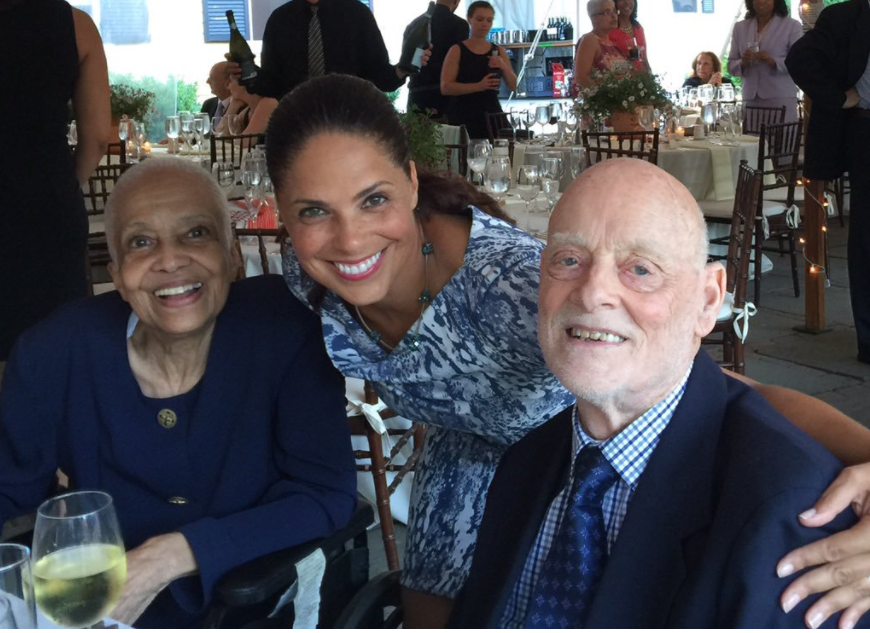
Are there any days where you thought you might just walk away from journalism? I love my career. Sometimes, I don’t like the people in it. Sometimes, I want to punch someone in the nose. I hate shady reporting, clickbait to get an audience. But I understand why it’s done, but it still pisses me off.
Who or what helped you most in your career? So many people helped me. I have also been a good student, a good mentee. I listened. I do what I’m told when you invest in me. There are at least 10 to 15 people who were incredible. There have also been people who are role models for what not to do. I found good mentors.
You started Starfish Media in 2013. What’s it been like to be able to control the narrative? It’s been really fun. It took a while to structure the company. What’s been great is to be able to work with people you want to work with. I get to choose the people and create the environment. I choose the projects. But there are challenges, like having to have a long-term strategy, to decide who to partner with.
What’s the next level for Starfish? Where do you see the company five years out and beyond? I want us to constantly find great stories to tell over a variety of platforms, to do branded content, to work with companies to tell authentic stories, to do docuseries, to unwind complicated stories.
You are a wife and mother of four teenagers. How do you juggle work-life balance? My mother used to say everyone gets the same 24 hours. You decide how to use your time. When my children were little, we just did it differently than other people. We might have been unconventional, but everyone was valued. It was important that everyone achieved their dreams. It was a challenge with the twins when they were young. Cute as they were, it was a nightmare.
How is life with teenagers? They lecture me about their beliefs. But teens are easier, they are articulate, while also more argumentative. I feel much more engaged with them than when they were little. It’s better, it’s more fun now than when they were six.
When you think about your personal and professional legacy, what’s important to you? I don’t think about legacy. But I do hear that some people got into journalism because of the stories I did. I hope my kids think I left them a thoughtful conversation. But, I don’t care what people say. I’ll be looking down from heaven anyway.







